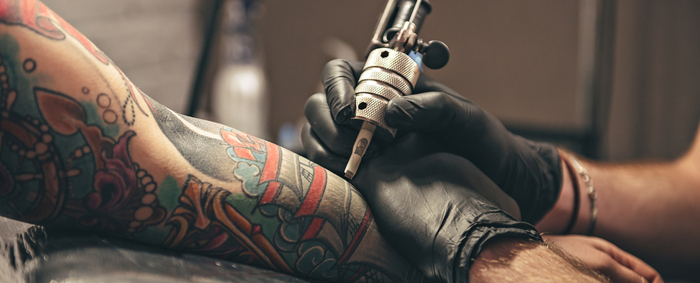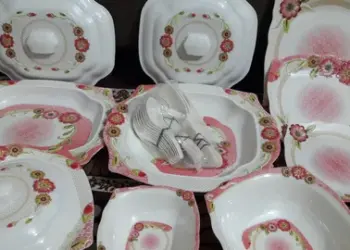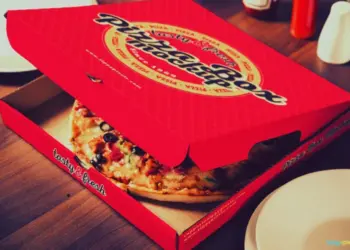Tattoos are more than just ink on skin; they’re intricate works of art that demand precision and attention to detail. While the skill of the artist is paramount, the tools they use play a significant role in achieving the desired results. In this blog, we’ll take a deep dive into the world of tattoo needles, the variety and types, understanding how different configurations are used to create stunning and intricate tattoos
The Anatomy of a Tattoo Needle
Tattoo needles may seem like simple tools, but they are far from it. Each needle is carefully crafted with precision to ensure the best performance during the tattooing process. A typical tattoo needle consists of:
- Needle Tip: This is the pointed end of the needle that penetrates the skin. The tip’s shape can vary, with round, flat, and pointed options being the most common.
- Needle Bar: This is the part of the needle that connects to the tattoo machine. It is often made of stainless steel for durability.
- Needle Grouping: The number of needles in a grouping can vary. Single needles are used for fine lines and detail work, while multiple needles are grouped together for shading and coloring.
Liner Needles: Precision in Outlining
Liner needles are designed for creating the outlines of tattoo designs. They typically come in configurations of 1 to 5 needles, with fewer needles used for fine lines and more for bold outlines. The single needle configuration (1RL) is the go-to choice for intricate linework, allowing artists to create precise, clean lines. Liner needles are essential for defining the contours of a tattoo and setting the stage for shading and coloring.
Shader Needles: Filling in the Details
Shader needles are the workhorses of tattooing, used for shading and filling in color. These needles are configured with more needles in a looser grouping, such as 5RS (Round Shader) or 7M1 (Magnum Shader). The additional needles and wider spacing allow artists to cover larger areas efficiently and create smooth gradients of color. Shader needles are ideal for achieving the depth and dimension that make tattoos pop.
Magnum Needles: Packing in Color
Magnum needles are a subset of shader needles, and they are specialized for packing in color quickly and evenly. They feature a curved or flat configuration, allowing artists to cover even larger areas with fewer passes. Magnum needles are particularly useful for backgrounds and filling in solid areas of color, making them an essential tool for many tattoo artists.
Round and Curved Needles: Adding Texture and Detail
Round needles and curved needles are used for adding texture and detail to a tattoo. Round needles, like 3RL (Round Liner), are often employed for creating small dots, texture in fur, or stippling effects. Curved needles, on the other hand, help create smooth curves and round shapes in designs, making them ideal for intricate artwork.
Conclusion: The Art of Needle Selection
The choice of tattoo needle type is an art in itself. Tattoo artists must carefully consider the design’s complexity, the desired effect, and the client’s skin type when selecting the appropriate needle. Mastery of needle selection and technique is what sets exceptional tattoo artists apart. With the wide array of needle configurations available, artists have the tools they need to bring their creative visions to life, one precise stroke at a time.














